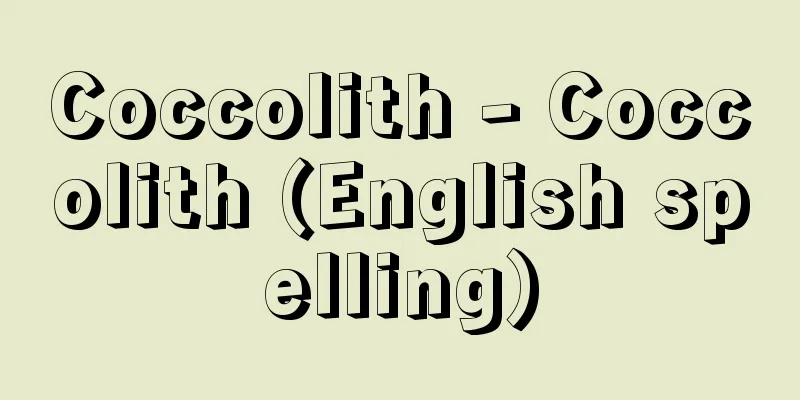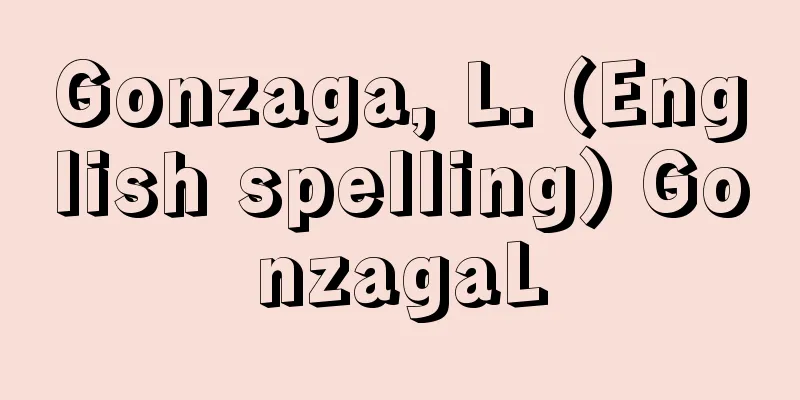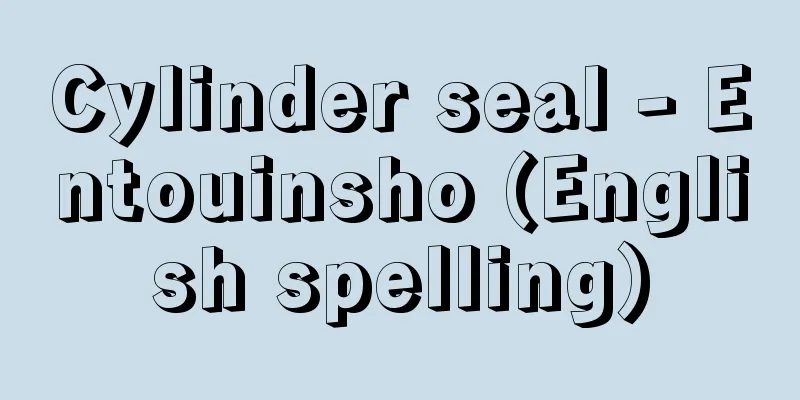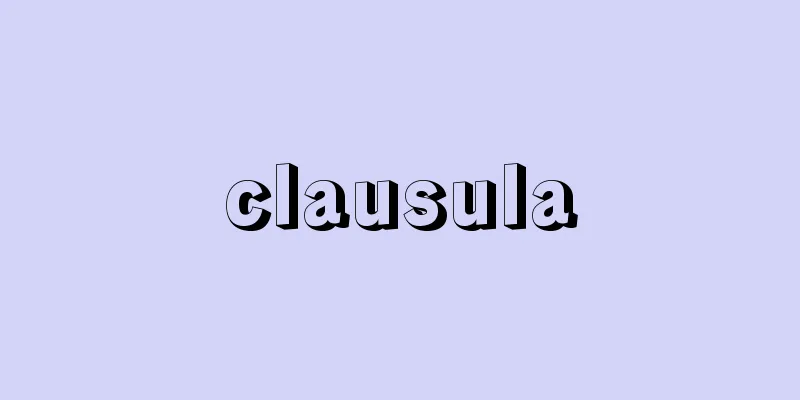Alaya-vijnana - Alaya-vijnana
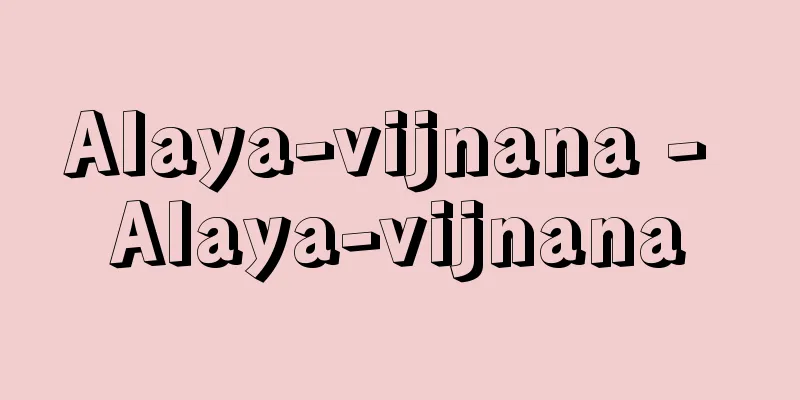
|
…An'ye's theory is called "formless consciousness" and is distinguished from the theory of Dharmapāla, who was active in the same period. Its distinctive feature is that the subconscious, or ālayā-vijnana, which fundamentally determines all mental activity, is ultimately denied, and absolute knowledge is obtained in which the distinction between the seer and the seen is lost. At that time, the individual has only the supreme reality, and there is no ālayā-vijnana. … From [Indian Philosophy]…His school of thought is called the Madhyamaka school. On the other hand, the Yogacara school, while taking the position of emptiness, posits a spiritual principle called ālayavijñāna as the basis of real existence, and tries to systematically explain why real existence exists in the way it does. It also established the idea of the Tathagatagarbha, which holds that all sentient beings have the potential to become Tathagata, and shows an approach to Buddhist Vedanta philosophy. From the Yogacara Theory...While inheriting the idea of emptiness from the Prajnaparamita Sutra, it was preached by people who like to practice yoga in an attempt to correct the tendency to interpret emptiness as nihilism, and is said to be based on the meditation experience that "all existence is merely an image created by the mind." The characteristic of this theory is that in addition to the six traditional types of consciousness (six consciousnesses of eye, ear, nose, tongue, body, and mind), it establishes two deep psychological levels: the alaya-vijnana (consciousness that contains the seeds that carry the mechanism) and the manas (consciousness that is the fundamental ego-attachment consciousness) as the fundamental consciousness that creates all representational existence. In addition, the theory of the three natures, which divides the way of existence into three based on its relationship with the subject of perception - perceptually dependent nature (the way it exists as a subject and object), dependent origination (the appearance that arises through dependent origination), and perfect reality (the true form that is separate from the view of the subject and object), and the theory of the three non-natures, which expresses this negatively, are also unique to Yogacara. *Some of the terminology explanations that mention "alaya-vijnana" are listed below. Source | Heibonsha World Encyclopedia 2nd Edition | Information |
|
…安慧の学説は,〈無相唯識〉といわれ,同時代に活躍した護法(ダルマパーラ)Dharmapālaの学説〈有相唯識(うそうゆいしき)〉と区別される。その特色は,すべての心作用を根底から規定している潜在意識,すなわちアーラヤ識は究極的には否定され,見るものと見られるものの区別を失った絶対知が得られる。その時,個体には最高実在だけがあり,アーラヤ識はない,とするものである。… 【インド哲学】より…彼の学系は中観派といわれる。他方,唯識派(瑜伽行派)は,空の立場に立ちながらも,現実生存の根底にアーラヤ識ālayavijñānaという精神的原理を想定し,現実生存がこのように成立している理由を体系的に説明しようとした。またいっさいの衆生は如来となる可能性があるとする如来蔵思想が成立,仏教のベーダーンタ哲学への接近を示している。… 【唯識説】より…〈般若経〉に説かれる空の思想を受け継ぎながら,空を虚無主義ととらえる傾向を是正しようと,ヨーガの実践を好む人びとによって説かれ,〈あらゆる存在は心がつくり出した影像にすぎない〉という禅定体験に基づいているとされる。この説の特徴は,従来の6種の識(眼,耳,鼻,舌,身,意の六識)のほかに,あらゆる表象としての存在を生み出す根本識として,そのメカニズムを担う種子を蔵しているアーラヤ識(阿頼耶識(あらやしき))と,根源的な自我執着意識である末那識(まなしき)との二つの深層心理を立てたことである。また,存在のあり方を認識主観とのかかわりによって遍計所執性(へんげしよしゆうしよう)(主客として実在視されたあり方),依他起性(えたきしよう)(縁起によって生じている相),円成実性(えんじようじつしよう)(主客の実在視をはなれた真実のすがた)の三つに分ける三性説,およびそれを否定的に表現した三無性説も唯識説独自の思想である。… ※「アーラヤ識」について言及している用語解説の一部を掲載しています。 出典|株式会社平凡社世界大百科事典 第2版について | 情報 |
<<: The origin of Alaya-vijnana
>>: Alaya-vijnana - Arayashiki
Recommend
general map
...Therefore, as various surveys of the Earth pro...
MDL - MDL
《 military demarcation line 》⇒military demarcation...
Hong Kong Movies
Since the early 1970s, when kung fu films (the Eng...
Carbon 14 method
A dating method. It uses the decay of the radiois...
Santiago de Cuba (English spelling)
A port city in southeastern Cuba. It was formerly ...
Paraná (State of Paraná)
A state in southern Brazil. Area: 199,544 km2, pop...
Pogranichnye voiska (English spelling) Pogranichnye voiska
...The latter is common in former communist count...
Naval Reserve Flag
…The Royal Navy's naval ensign, the White Ens...
Yusa Kohei
He was a master of equestrianism, known as "...
redirected behavior
The zigzag dance of sticklebacks is a good exampl...
Lepus timidus ainu (English spelling) Lepustimidusainu
…[Yoshiharu Imaizumi]. … *Some of the terminology...
Maravan
In British India, the term was defined as a group...
Quezon (English spelling) Manuel Quezon
President of the Philippine Commonwealth. Born in...
skunkweed
...It often grows in colonies on the Sea of Jap...
Audubon Society
…These experiences made him concerned about the h...

